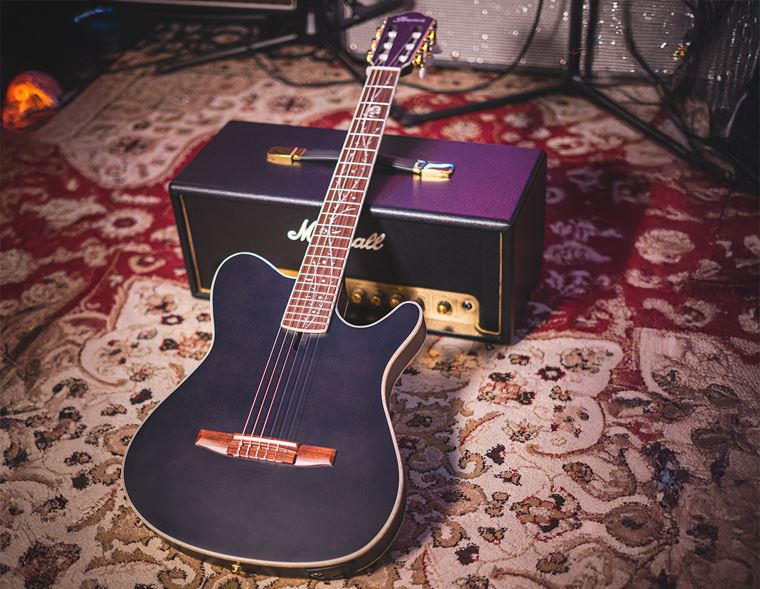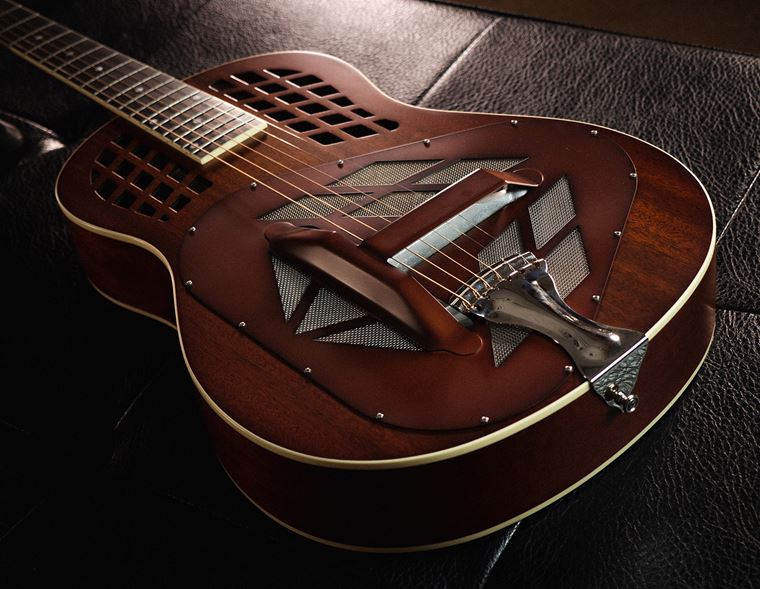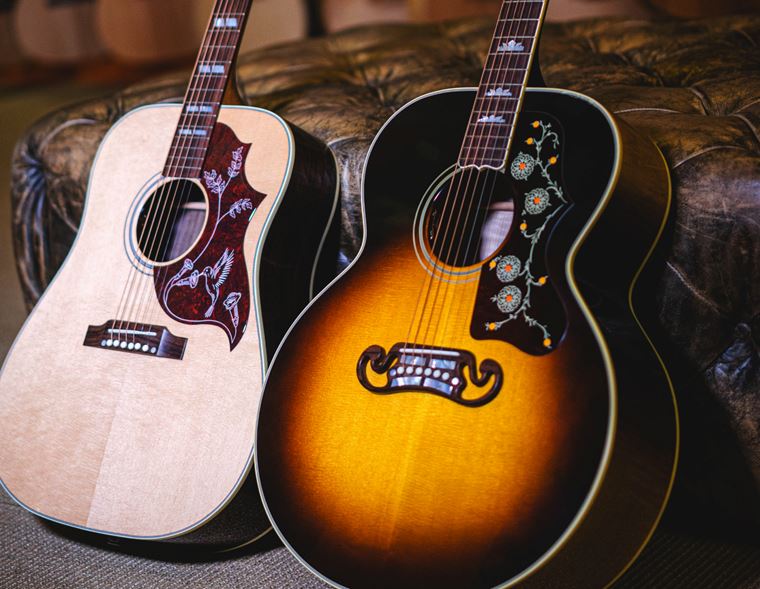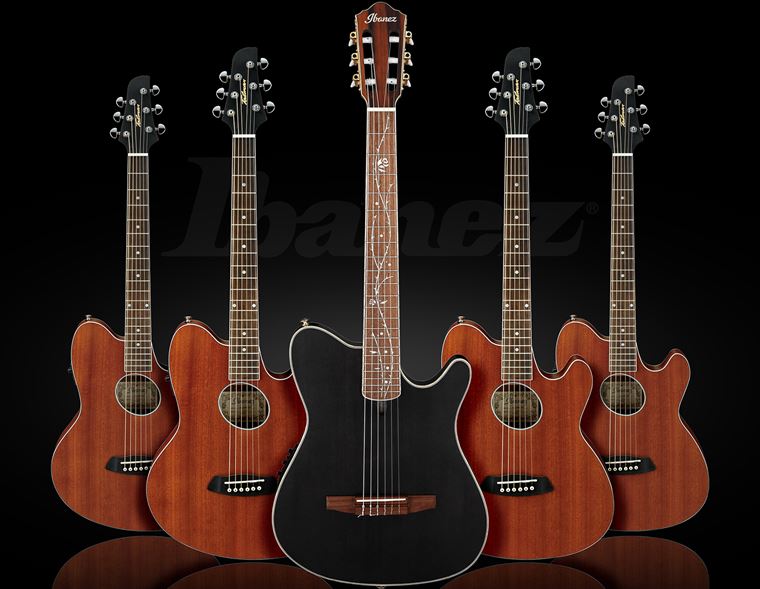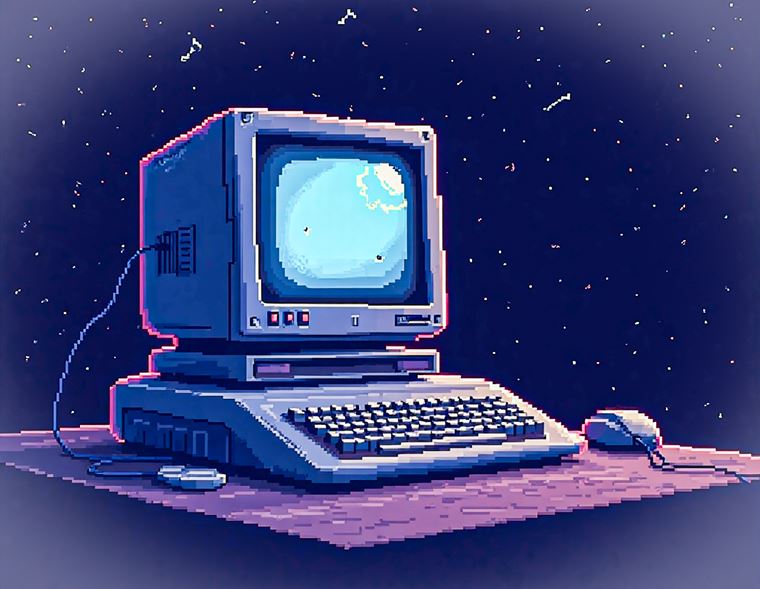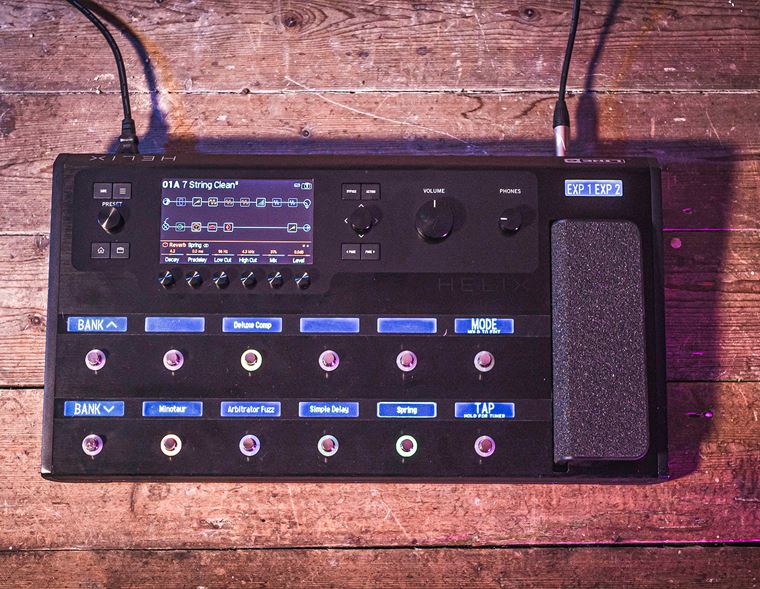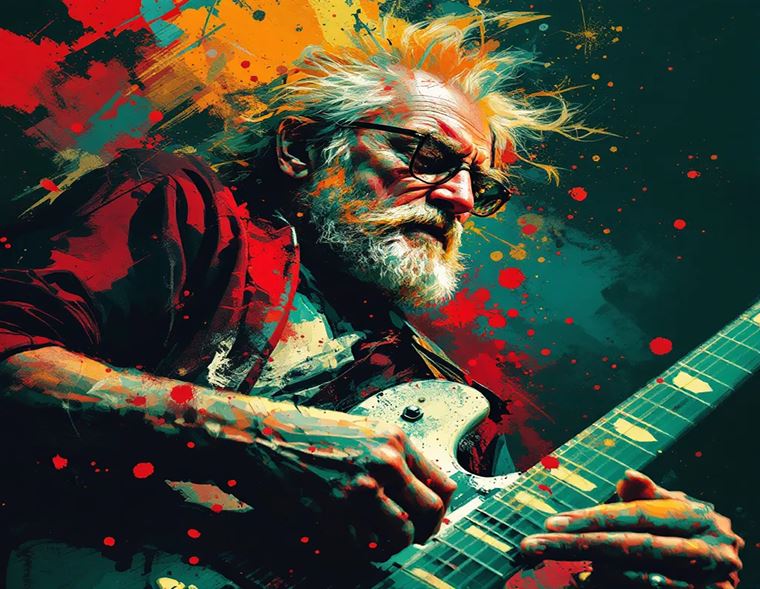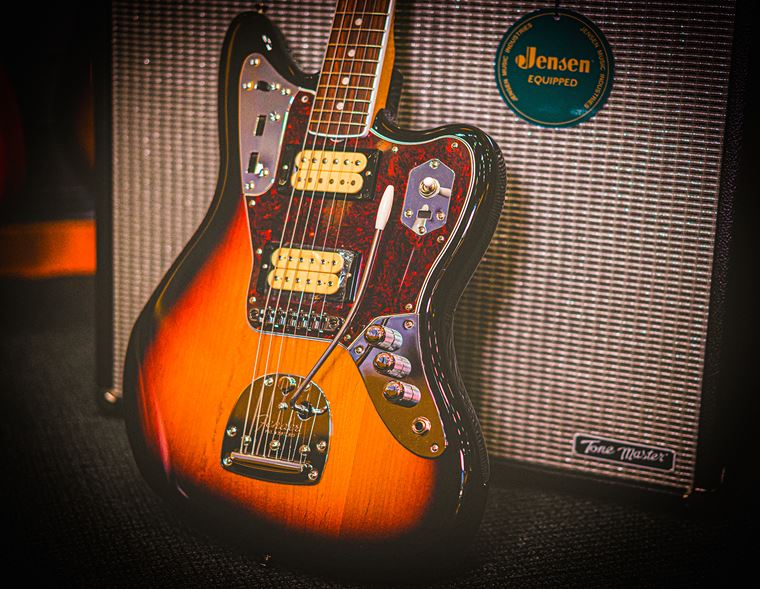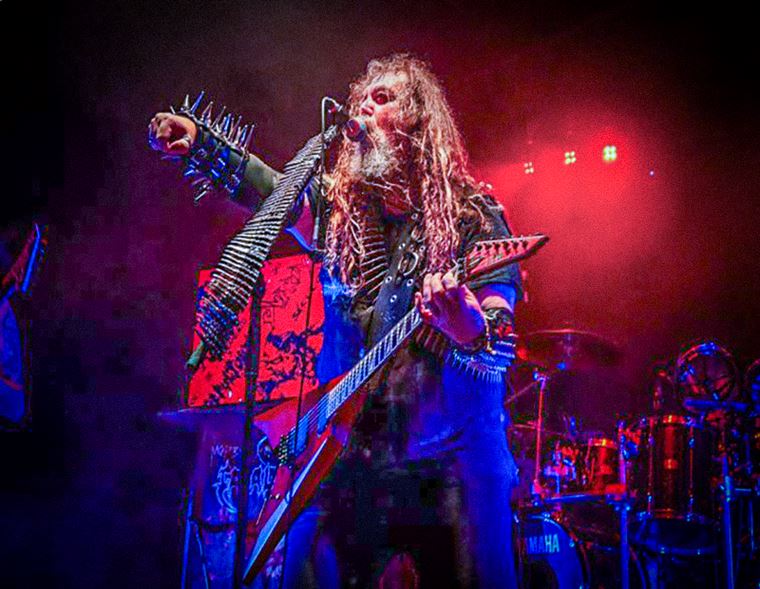Our Expert Guide to Neural DSP Archetype Plugins
Do you use plugins when you practise or record?
Most of us have access to guitar modelling software these days. Whether we use them to practise, to record, or a little of both, there’s no doubt that they have become an integral part of modern music for guitarists.
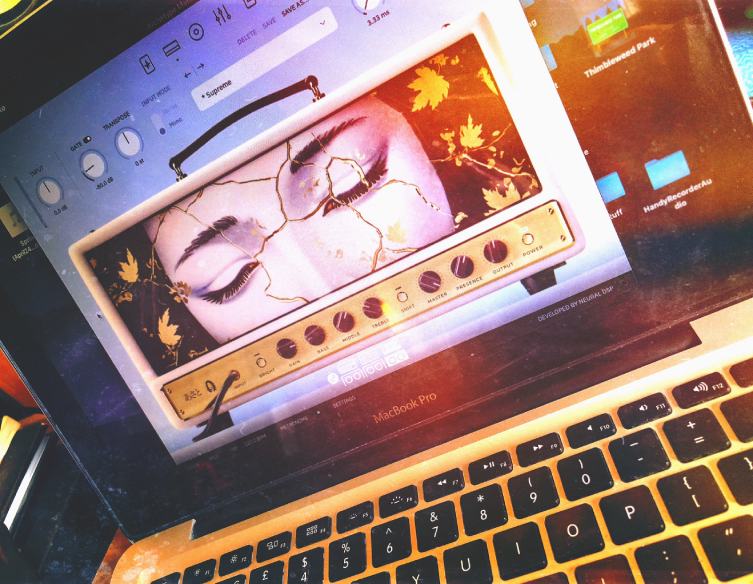
Neural DSP have made big waves in the last couple of years, mainly due to their Quad Cortex digital modeller. It’s fast becoming the ‘unit to beat’, and it certainly impressed me with its sounds when I borrowed one for an in-depth test. This is indirectly related to today’s blog, which focuses on the Neural software plugins.
Contents
Who are Neural DSP Archetype Plugins For?
What Archetypes are Available?
What is a Plugin?
Before I look at some of Neural DSP’s plugins, I should perhaps briefly outline just what exactly a ‘plugin’ is, for anybody who is new to the concept.
A plugin is a piece of software used in music production. Its design and functions will vary depending on what that particular piece of software is supposed to create (recreate): plugins can digitally recreate vintage synthesizers on your computer screen, or classic mixing desk channels strips. In this context, we’re looking at software that closely emulates real-world amplifiers and effects for guitars.

These plugins allow full editing of tones, just as they’d occur in real life, except everything is a digital representation. You see a graphical representation of an amp or amps, plus pedals and other elements. The controls you see on these digital amps are controllable in the same manner as their physical counterparts. Channels can be switched, pedals re-ordered, and all of the other practises you already take for granted in real life, as it were.
Cutting edge plugins are easily good enough to fool even the most experienced of ears into thinking that they’re listening to a fully dimed half stack, set to stun, when in fact it’s a laptop with some software running! It’s not as mighty a sight, I suppose, but sonically it's indistinguishable.
Neural DSP Archetypes
Neural’s plugins are known as Archetypes, and there are a large number available now, each dedicated to a particular amp brand or artist. Each Archetype has three amplifier models, and usually a set of both pre and post effects, though this isn’t a rule.
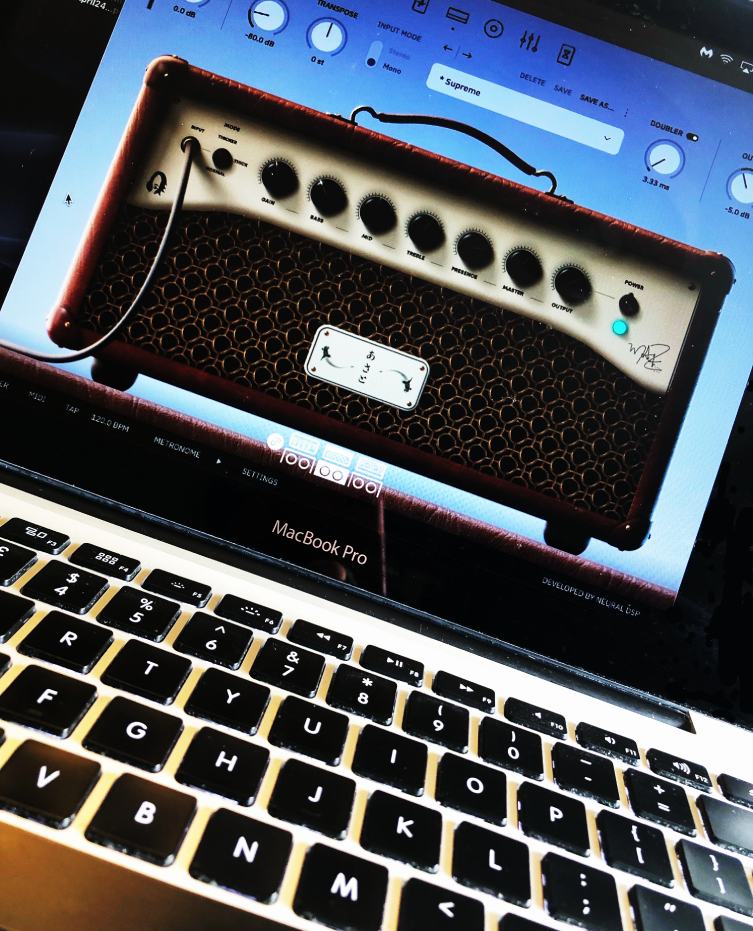
We don’t actually sell Neural’s plugins here at guitarguitar, but we do sell their hardware, the Quad Cortex. The quality of the sounds on that device led some of us to investigate their software. This blog today looks at my own personal practice with these plugins, as well as a general swooping glance at what’s available.
Who are Neural DSP Archetype Plugins For?
Neural seem to market their products quite heavily towards the metal and new prog communities. This may be because those types of players are already fully embracing digital modelling, or it might well be because Neural’s high gain models are so impressive. I’m not sure, but what should be made pretty clear is that these plugins have a scope that’s far wider than their marketing focus may suggest.
As we’ll see a little later, there are plugins from brands like Tone King (boutique valve combos with a Fender/Vox hybrid vibe) and artist Archetypes from artists such as Cory Wong, who’s about as opposite to a mean metalhead as you can get!
Every guitarist who practises or records with a laptop can benefit from some great plugins. I do get that idea that clicking and dragging controls on a screen via a mouse or trackpad can feel like a bit of a ‘disconnect’ in terms of the user’s experience, but once you get used to it, it’s much less of a barrier. That’s not in relation to these Archetype plugins only, it’s true of all guitar plugins. It becomes normal quite quickly!
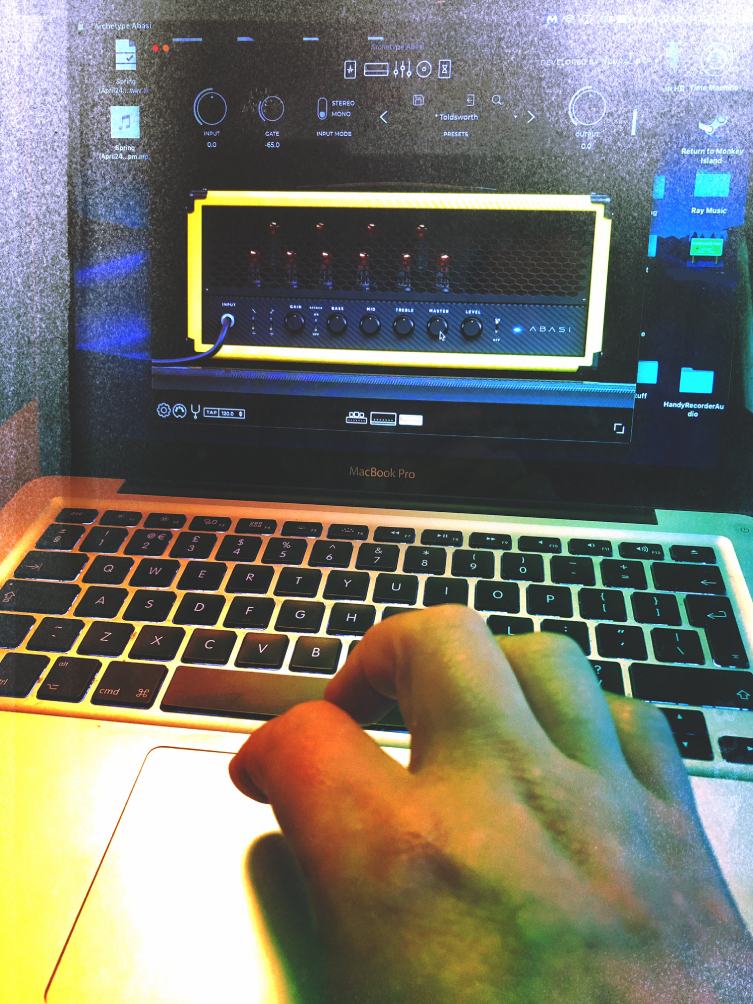
What Archetypes are Available?
Neural have a pretty strong mixture of Archetype models. Mostly, they are split between specific amp models (some manufacturers such as Fortin have more than one Archetype available) and artist models.
Here’s a roundup of the artists who have their own Archetype:
- John Petrucci
- Tom Morello
- Gojira
- Mateus Asato
- Tosin Abasi
- Cory Wong
- Plini
- Tim Henson
- Rabea Massad
- Nolly
And here are the amp brands who have officially collaborated with Neural DSP on their own Archetype models:
- MESA/Boogie
- Tone King
- Fortin
- Soldano
- Darkglass
- Morgan
- Omega Ampworks
There’s a lot of diversity there, and it is reflected in the sounds themselves. For sake of context, I happen to own three (Mateus Asato, Fortin Nameless and Tosin Abasi) and they all sound uniquely different. Even comparable tones have their own feel and response, so it can be great fun to test out different combinations of tones when recording. The greatest heavy sound, for example, seems to be achieved digitally as it is in ‘real life’: by blending a combination of two pretty different amp sounds with different EQs. But that’s the whole fun of these plugins, to get a room full of ace equipment in a simple format that sounds stupendous!
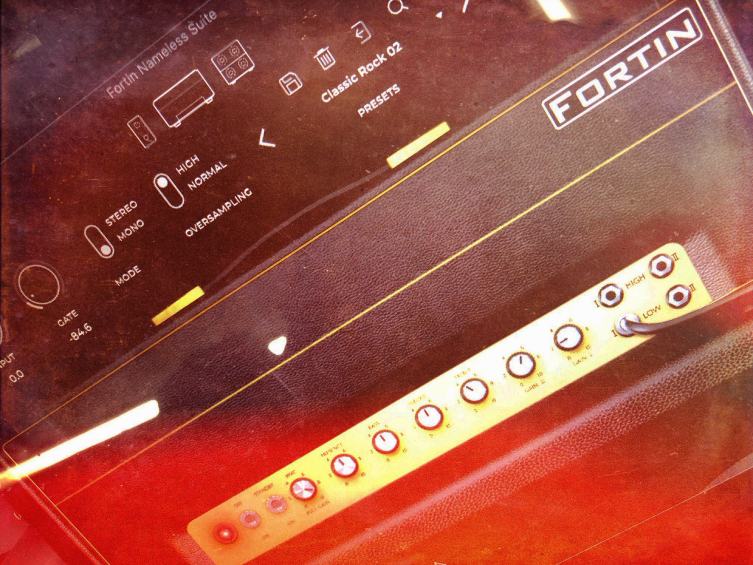
Using an Archetype
Thankfully, using a Neural Archetype is simple. They are all highly graphical, so you can navigate the virtual equipment much as you would with physical gear, except you ‘click and drag’ to change a control knob. Everything is real time, of course, so you’ll be able to ticker around and test sounds instantly.
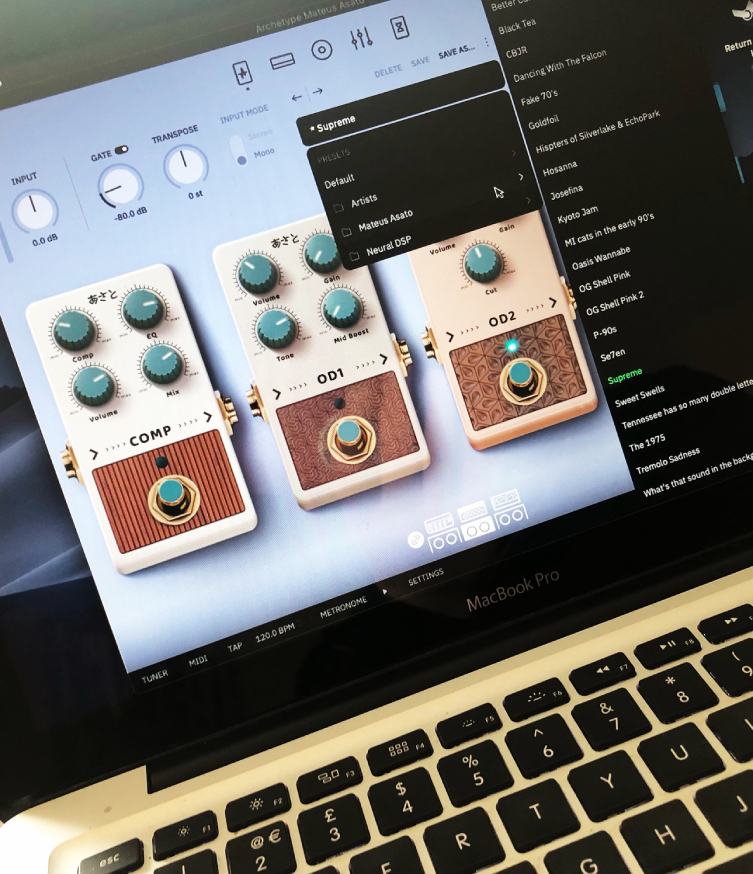
There are onboard utilities like tuners and so on, plus screens for preamp stuff (depending on the Archetype, there could be compressor pedals and overdrives ahead of the amp simulations) and a screen for speakers and mics. It’s all pretty straightforward to use and manipulate, plus there are pull down menus with ‘factory’ and ‘artist’ presets, should you wish to begin your session with a ready-made tone.
Naturally, you can go deeper in with the edits that I’ve covered here, but the point I’d like to get across is that it’s a profoundly easy thing to land on a great tone with any of these Archetypes.

DAW Integration
As far as I and my colleagues know, the Neural plugins work automatically with all of the major DAWs. Certainly, those of us with Ableton Live 11 and Cubase have found zero issues with locating and using the Archetypes within projects.
This is the type of thing I’d expect to take for granted these days, but life often still throws us software-related curveballs, so it’s worth mentioning how straightforward it was for me (and some other staff members who use these) to get going and incorporate the Archetypes into one’s workflow.
Standalone Use
One of the funnest ways to get using the Archetypes is to simply load them up as standalone bits of software, plug your guitar into your interface and use it as your ‘house amp’. When it comes to creativity, do you ever find that additional steps tend to kill the vibe for you? Like, for example, if you have to tidy away your amplifier when it’s not in use, does it ever feel like a pain to haul it in, set everything up and then switch it on (only to be told it’s too loud lol)? Every additional stage of prep can completely kill your momentum, so I’ve found myself creating a habit of having my Mateus Asato Archetype ready to open in Standalone mode from my computer’s taskbar/start menu.
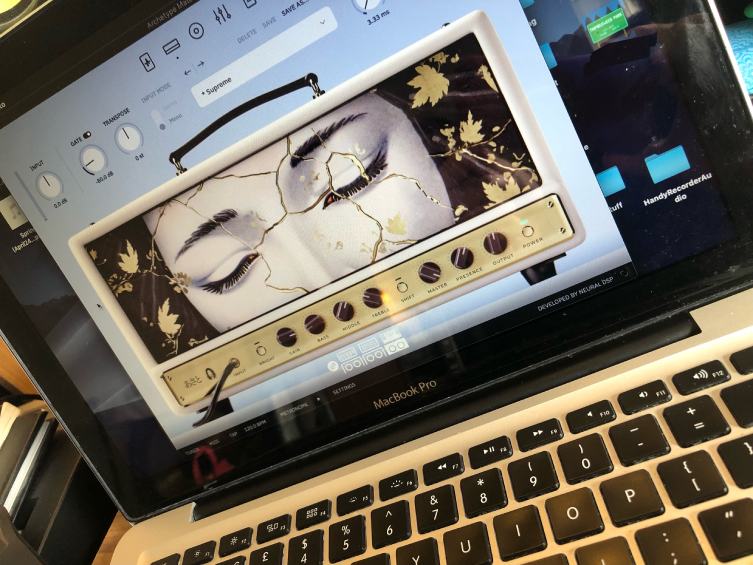
Standalone mode means that I’m not connected to any further software, so no Ableton lurking in the background. I simply open my laptop, click on the icon for the Archetype and plug my guitar into my interface. I hear my guitar sound through either my studio monitors or a set of headphones, and I can enjoy these extremely good sounds in less than a minute, with almost no hassle. It’s very nice!
Quad Cortex Integration
One thing that has been talked about from Neural DSP is the integration of Archetypes into their Quad Cortex digital modeller. This would be great - to have the exact sounds you use in recordings made available to you when you play shows, for example - but it hasn’t happened yet.
We’ve been told that it is imminent, and I suppose we’ll just need to wait and see what happens. If the integration is seamless, then it puts Neural into a pretty powerful position. As it is, they are leading two excellent but separate paths.

The New Go-To
As mentioned, we don’t actually sell these Archetypes at guitarguitar, but we do sell the Quad Cortex, and the plan to integrate the two in the future makes this a significant factor for us. I enjoy using plugins from brands such as Native Instruments, Spitfire Audio and Arturia, but in terms of guitar plugins, there’s nothing I can use inside my DAW that I can then take out of that context and use in a live situation. The Archetypes won’t yet do that either, but the promise is enough to at least talk about it with some enthusiasm. It befits us all as musicians to share news of cool stuff, and the Neural Archetypes are working out really well for me.
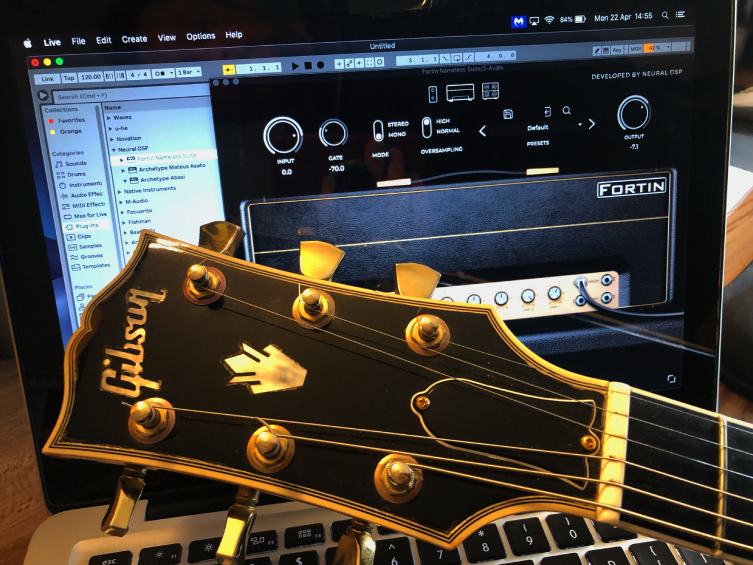
As I’ve mentioned, I’m massively impressed with the tones on offer inside the three Archetypes I happen to have, and that stands in relation to how they sound in a full band mix (little if any EQ’ing or mucking about required so far) and in Standalone mode.
However you use technology in your guitar playing life, I expect you’ll find plenty to love somewhere in these Neural Archetypes.
Click to View the Neural DSP Quad Cortex


